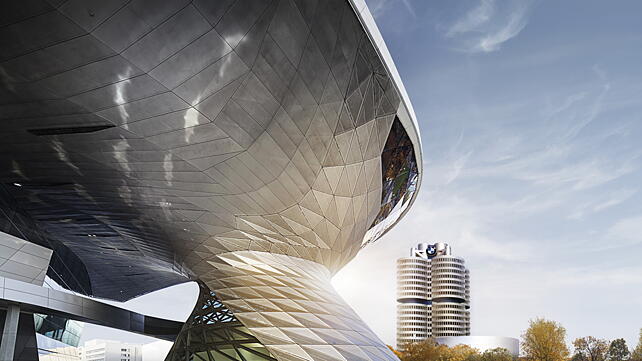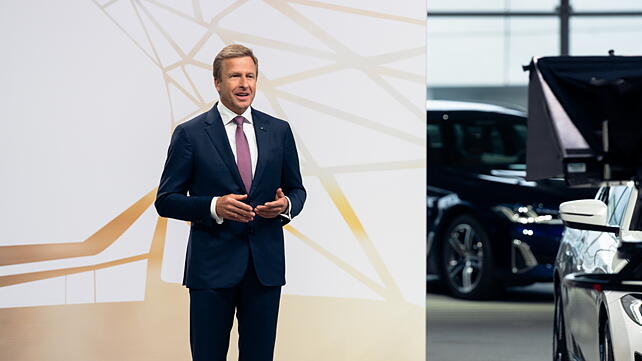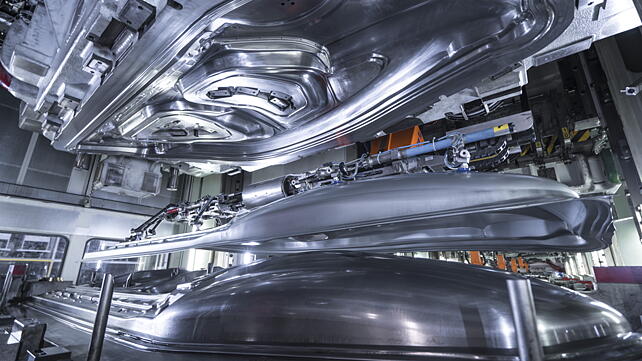
Underpinning its mission for sustainable mobility with ambitious goals for reducing greenhouse gases, the BMW Group, at its Annual General Meeting held on May 12, resolved to stay clear from the emission of over 200 million tonnes of CO2 by 2030. This is equivalent to more than 20 times the annual CO2 emissions of a city with over a million inhabitants, like Munich. To achieve this, the group is reducing its vehicles’ carbon footprint throughout their lifecycle – from raw material extraction, through production and the use phase, to end-of-life recycling. From now on, using fewer resources will be one of the priorities.

Oliver Zipse, Chairman of the Board of Management of BMW AG, said, “A climate-friendly car is not created solely by using green power. We must design our vehicles for sustainability from the very first day of development, reducing the amount of material used to manufacture them and, above all, planning for reuse and recycling from the very beginning. In the face of rising raw material prices, this is not just an environmental but also a business imperative. The technology for this is extremely demanding; that is why we want to lead the way on the circular economy and play a pioneering role. We are already working on quotas for the use of secondary material in our ‘Neue Klasse’ that are both concrete and ambitious to meet our high standards.”
Theme for IAA Mobility 2021
The BMW Group will highlight the future potential of the circular economy for environmental and climate protection at the IAA Mobility 2021 in September. The company’s “RE:THINK, RE:DUCE, RE:USE, RE:CYCLE” approach provides a holistic view of how the use of primary raw materials can be drastically reduced in the cars of the future.
The group already plans to take sustainability to a radically new level in its “Neue Klasse” models from the middle of the decade by significantly reducing its resource consumption per vehicle. The aim is to substantially increase the percentage of secondary material, such as recycled steel, plastics and aluminium. Faced with a shortage of natural resources and rising raw material prices, it sees this step as a crucial lever for sustainable business practices and creating a clear efficiency imperative.
To achieve this, the BMW Group has initiated a paradigm shift in development with its “secondary first” approach, i.e. using secondary material wherever the quality and availability of materials allow.
High-voltage battery
The high-voltage battery plays a unique role in this. The manufacturing of the battery and producing battery cells is extremely energy-intensive and, therefore, an essential factor in the carbon footprint of any electric car. With the next generation of battery technology to be introduced in the ‘Neue Klasse,’ the goup aims to reduce the carbon footprint of the high-voltage battery to less than half the baseline value for the current Gen5 technology.
Circular design
Recycling needs are already considered in the vehicle design – because extracting materials in a very pure form is a central challenge for current recycling processes. The use of mono-materials – for instance, in seats – must be significantly increased to enable the maximum amount possible to be fed back into the material cycle.
Another key aspect is efficient dismantling capability. For secondary materials to be able to compete in the marketplace, the vehicle and individual components must be dismantled quickly and cost-effectively as a preliminary to recycling. The prerequisites for this must be put in place when designing the vehicle.

Science-Based Targets Initiative
The BMW Group made sustainability and resource efficiency the focus of its strategic direction in 2020 and, with this realignment, is pursuing a much more ambitious course than the goal of limiting the increase in global temperature to two degrees. Throughout the vehicle lifecycle and all three scopes considered, the group has set measurable and verifiable goals that have since been validated by the Science-Based Targets Initiative.
Each of these goals represents a substantive reduction in emissions. A key factor is that the group production and all locations have been sourcing 100% green power since the end of 2020. Starting this year, the BMW Group is also offsetting its remaining CO2 emissions through selected offsetting measures, which also cover emissions from company cars and business trips. It will make the group’s entire production, including all its locations worldwide, completely net carbon neutral.
The group is also the first automotive manufacturer to set itself concrete targets for reducing CO2 emissions in its supply chain by 2030.
Half of the sales by 2030 will be EVs
A key driver for the decarbonisation of individual mobility and an essential factor in reducing CO2 emissions during the use phase will be the massive ramp-up of electromobility. The company will offer five fully electric models by the end of this year: the BMW i*, the MINI SE and the BMW iX3, as well as the two main innovation flagships, the BMW iX and the BMW i4. These will be followed in the coming years by fully electric versions of the high-volume BMW 5 Series and the BMW X1. They will also be joined by the BMW 7 Series, the successor to the MINI Countryman and other models. By 2023, the BMW Group will have at least one fully electric model on the roads in about 90% of its current market segments.
Between now and 2025, it will increase its sales of fully electric models by an average of well over 50% per year, which will be more than ten times the number of units sold in 2020.